Minimize your farm’s carbon footprint with our advanced drone technology. Discover how drone application in farming contributes to strong, eco-sustainable agriculture.
Welcome to Drone Farm
We offer a comprehensive range of agricultural drone services. With years of experience, we’ve harnessed our expertise to deliver high-quality services to our clients. Our team provides full support at every stage. Choose us for top-tier Drone Farming experiences!

Contents
- 1. How drones can reduce carbon footprint?
- 2. Drone farming for sustainable land use
- 3. Reducing farm carbon footprint with drones
- 4. What’s environmental impact of drone farming?
- 5. Drones: a tool for carbon footprint reduction
- 6. Farming drones and their environmental impact
- 7. Sustainability through drone-assisted farming
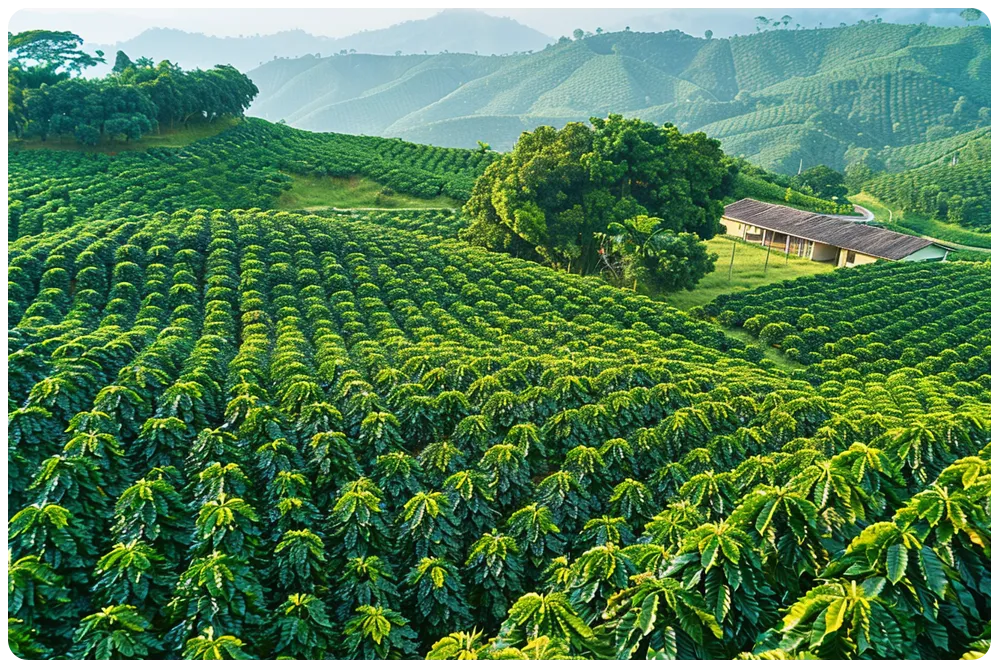
1. How drones can reduce carbon footprint?
Chapter: How drones can reduce carbon footprint?
Introducing Drones in Sustainable Agriculture
Drones are transforming the agricultural sector by making farming more sustainable and less carbon-intensive. They are instrumental in reducing the carbon footprint of farming practices, thereby stimulating an eco-friendly agricultural environment. Let’s delve into the extraordinary benefits of drones in creating sustainable farming practices.Optimized Use of Resources
As a critical boon to the farming industry, a drone is notably efficient in optimizing the use of resources, like water, fertilizers, and energy. Through meticulous surveillance and exact data collection, drones enable farmers to apply water and nutrients where precisely needed, preventing waste and reducing CO2 emissions substantially.- Prevents excessive use of water
- Reduces overuse of fertilizers
- Cuts down energy-related CO2 emissions
Reduced Field Operations
Frequent tillage and farming equipment usage contribute significantly to the farming carbon footprint. By enabling precision farming, drones minimize the number of times that heavy farming machinery has to traverse the fields, resulting in decreased fuel consumption, and consequently, lesser CO2 emissions.- Reduces frequency of field operations
- Lowers fuel consumption
- Cuts down CO2 emissions
Promotion of Carbon Sequestration
Another undeniable advantage of employing drone technology in farming is improved soil health, encouraging the natural process of carbon sequestration. Drones contribute to maintaining the soil’s organic matter, which is a great carbon sink and plays an essential role in the global carbon cycle.- Promotes soil health
- Enhances carbon sequestration
- Contributes to the global carbon cycle
Conclusion: Drones – Paving the Way to Sustainable Farming
In summary, drones are a revolutionary tool in sustainable farming practices, assisting in resource efficiency, reducing field operations, and promoting carbon sequestration. They hold the potential to make the farming industry more environmentally-friendly, reducing the carbon footprint, and making a valuable contribution to the fight against global warming. Investing in drone technology is indeed a step forward towards achieving sustainable agriculture and a more ecologically balanced world.2. Drone farming for sustainable land use
Drone Farming for Sustainable Land Use
Agricultural drone technology has evolved beyond traditional farming methods, enabling sustainable land use and reducing carbon footprints. Through detailed spectrum analysis and precise handling, a drone can transform the yields of any agricultural land while ensuring its long-term viability.
Three fundamental ways contribute to the upswing of sustainable farming using a drone:
- Precision Agriculture: A drone provides accurate data about soil conditions and plant health. By using this information, a farmer can apply fertilizers and chemicals only where needed, reducing environmental impact.
- Crop Monitoring: With extensive coverage, a drone can monitor crops for signs of stress or disease, catching issues early on. It allows timely intervention, preventing further damage and conserving resources.
- Data Analysis: Drone technology, fused with AI, can predict farming outcomes based on collected data. This helps in taking informed decisions regarding sustainable practices, crop rotation, and harvest times.
When integrated effectively, these aspects have shown considerable improvements in crop yield, soil health, and overall sustainability. Bridging the gap between traditional farming methods and technological advancements, drone farming marks the onset of an agricultural revolution which is environmentally friendly.
Agricultural drone technology plays a critical role in addressing pressing environmental concerns too. It tailors agricultural practices to mitigate the harmful effects of unchecked chemical usage and uninformed farming methods. Therefore, adopting drone technology not only drives efficient farm management but also ensures the longevity and productivity of farmlands, thus paving the way for a more sustainable future.
Drones for Reducing Farm Carbon Footprints
In a world increasingly aware of its carbon footprints, innovative drone applications are leading the charge in creating carbon-neutral farming practices.
Key areas where a drone aids in carbon reduction in farming are:
- Fuel Efficiency: Traditional farming equipment consumes large amounts of fossil fuels. A drone, on the other hand, relies on renewable energy, significantly reducing carbon emissions.
- Optimized Fertilizer Use: By pinpointing exact locales that require fertilizing, a drone aids in substantial reduction of chemical usage, subsequently lowering carbon emissions from production and application of these chemicals.
- Resource Management: Routine inspections and remote capabilities of a drone prevent unnecessary field visits, saving time and fuel. Moreover, the heightened efficiency contributes towards a lower carbon footprint.
As a trailblazer of smart farming, a drone is shaping the future of agriculture. It empowers farmers to augment crop productivity, fine-tune critical farming decisions and cultivate sustainable practices while dramatically reducing carbon footprints. Making a significant leap towards environmental responsibility, drone farming echoes the essence of modern farming- sustainability, and efficiency.
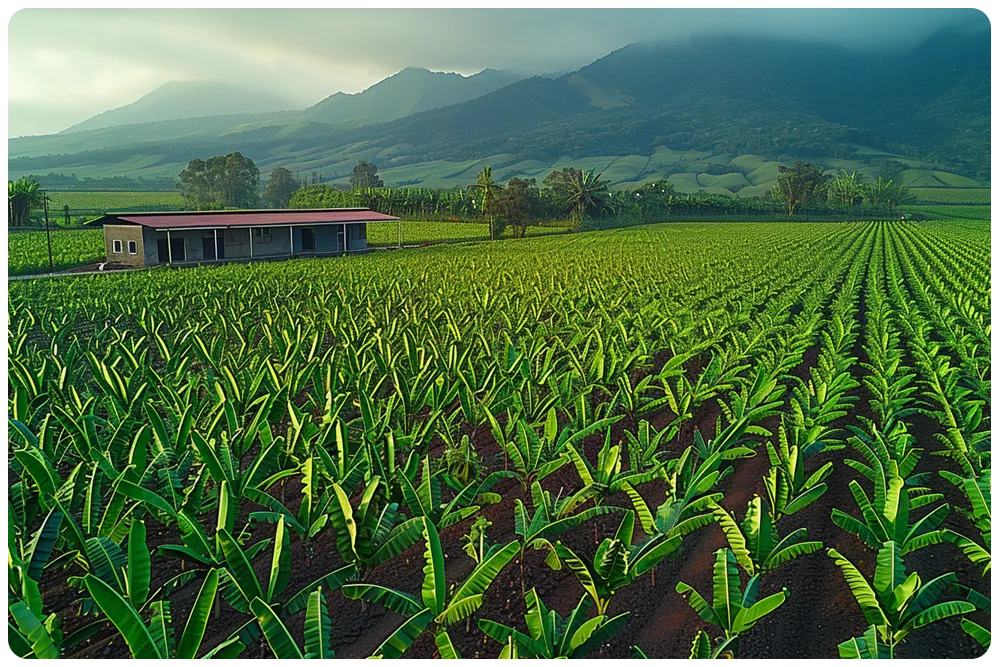
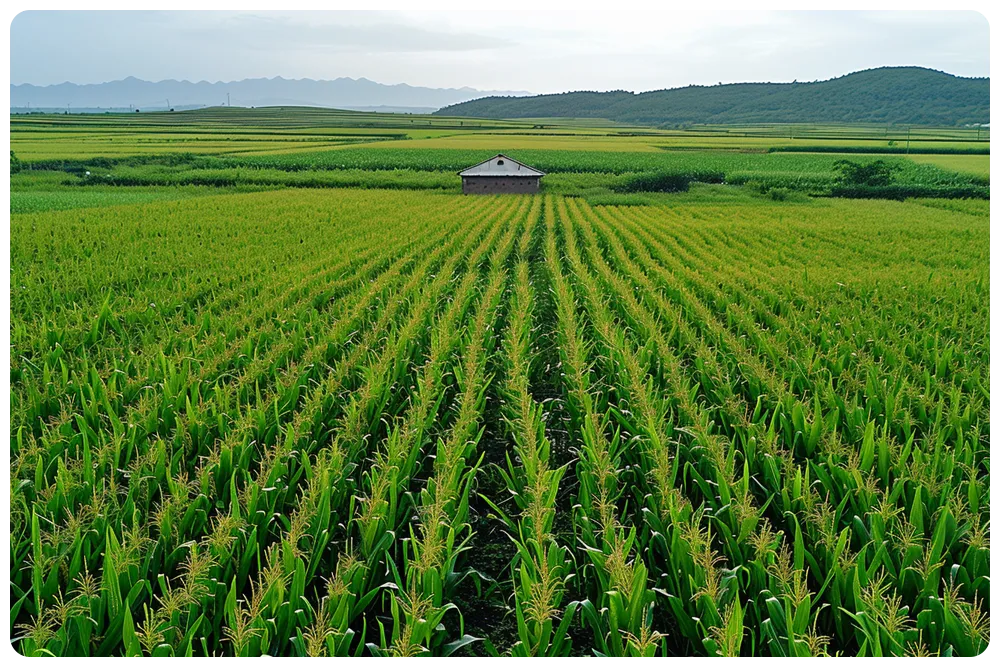
3. Reducing farm carbon footprint with drones
Reducing Farm Carbon Footprint with Drones
In the sphere of agriculture, the drone is revolutionizing how we cultivate and sustain our food sources. Besides enhancing crop production, drones are emerging as an eco-friendly solution assisting in minimizing the carbon footprint of farms.One crucial way the drone assists is through Precision Farming. Using high resolution imagery and data analytics, a drone can help farmers observe, measure, and respond to variability in their crops. This not only promotes efficient usage of resources but also lessens the use of fossil fuels, by substantially reducing the need for traditional farm vehicles.- Soil Analysis: Before planting season, drones can compile detailed 3D maps for soil analysis, assisting in planning seed planting patterns.
- Planting: Specialized drone systems deliver seeds into the soil, proving to be faster, more efficient and result in a lower carbon footprint than traditional methods.
- Crop Monitoring: With accurate time-series imagery, drones can highlight changes in crops alerting to possible crop sickness. This allows for tailored solutions rather than blanket chemical treatments, reducing potential pollution.
Improved Farm Management with Drones
In addition to promoting sustainable farming practices, utilizing drone technology in agriculture also supports streamlined farm management. Drones offer a bird’s eye view of the entire farm, making crop monitoring an effortless task.Certain drones even possess the ability to forecast weather patterns, giving farmers ample time to take appropriate action for potential changes. This notably increases the efficiency of farm management and aids in ecological conservation.- Health Assessment: Drones equipped with advanced sensors can detect sick plants. Not only does this ensure the timely addressing of crop illness, but it always minimizes the unnecessary use of chemicals.
- Weather Forecasting: By studying the weather conditions and predicting future shifts, drones aid in strategic planning and minimize risk.
4. What’s environmental impact of drone farming?
Exploring the Environmental Impact of Drone Farming
In the face of increasing pressure to reduce carbon footprints, drone farming is emerging as a sustainable solution for the future. The application of drones in agriculture has led to substantial advancements in crop production and field management strategies. To fully understand the potential of drone farming, it is crucial to delve into its implications on the environment.
One of the most significant advantages of drone farming is its efficiency in reducing wastage.
- Traditional farming techniques involve the indiscriminate spraying of fertilizers and pesticides, which harm the environment with excessive and unnecessary use.
- Drones, however, can accurately target specific sections of a field, thereby minimizing the amount of chemicals used.
- This precise application of resources results in less runoff into water bodies, diminishing the risk of water pollution.
In addition to improving resource allocation, drone farming accelerates sustainable farm management. Drones can survey vast expanses of agricultural land swiftly and accurately, reducing the need for manual inspections and thereby cutting down on fuel consumption and carbon emissions commonly associated with traditional farming machinery.
Drones in farming also contribute to fewer crop losses due to disease detection capabilities. By flying over fields and capturing high-resolution images, drones can identify abnormal patterns or discolorations that indicate crop illness.
- Early illness detection allows for timely intervention and prevents the spread of diseases, minimizing crop losses and the need for excess replanting.
- This reduction of replanting lessens the energy consumption and carbon emissions related to seed production and transportation.
In conclusion, the implementation of drone farming offers considerable environmental benefits. It presents an effective strategy for reducing farming carbon footprints and promoting sustainable agriculture. While there is still much to explore and improve upon in this rapidly evolving field, the use of drones indeed marks a significant leap towards an environmentally conscious future in agriculture.
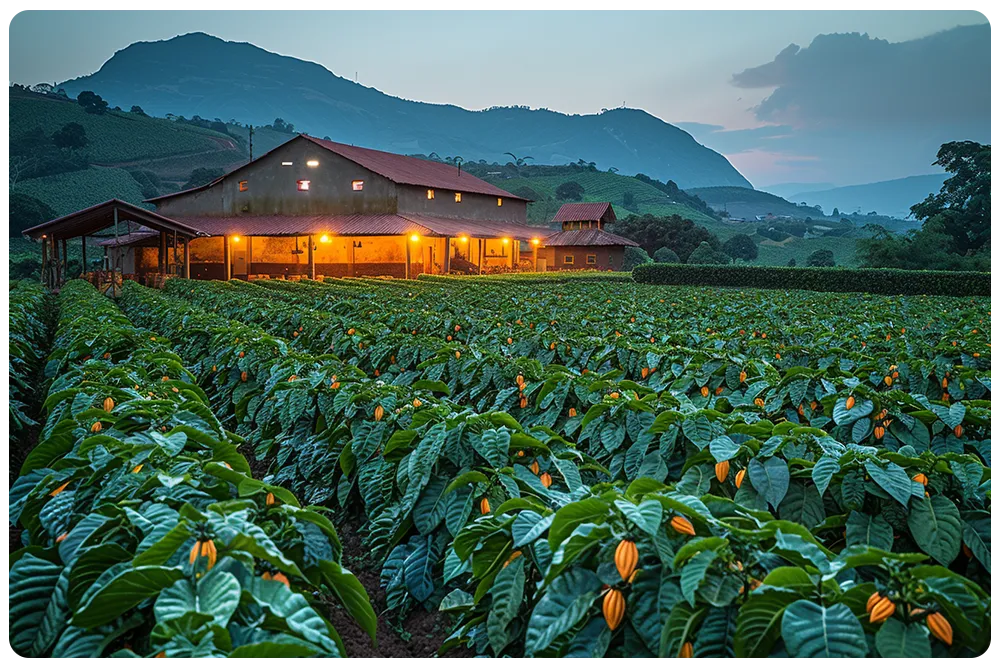

5. Drones: a tool for carbon footprint reduction
Drones: A Tool For Carbon Footprint Reduction
The use of drone technology in farming has presented a transformative approach towards more sustainable farming methods. This remarkable tool aids in reducing the carbon footprint associated with traditional farming, contributing greatly towards a more eco-friendly agricultural sector. Let’s dive deeper into understanding how a drone can contribute to such a positive impact.Advanced Farm Monitoring
The drone serves as an incredibly advanced monitoring tool. By flying over large tracts of farmland, it can gather detailed aerial data. This data is invaluable in determining the right time for planting, fertilizing, and harvesting, resulting in reduced wastage and thus, lower greenhouse gas emissions.Precision Farming
A drone can deliver high-definition images and videos in real-time, aiding in precision farming. These images can reveal areas of the farm that require specific attention, allowing farmers to target their efforts, and reduce unnecessary usage of resources.- Precise Pesticide Application: Drone technology allows farmers to apply pesticides and fertilizers only where necessary, significantly reducing the amounts used. This direct approach results in lesser environmental pollution and lower CO2 emissions.
- Efficient Water Use: A drone can survey the crop field in detail and identify areas that are drier or more waterlogged. As a result, irrigation can be managed with precision, conserving water and energy.
Minimizing Soil Erosion
Drones identify areas of farmland that are prone to soil erosion and implement corrective measures. This mitigation of soil erosion not only preserves the fertility of the land but also reduces the carbon released from disturbed soil.Disease Detection
On detecting crop diseases early, the drone can curtail the spread, limiting the need for extensive pesticide application. This way, the impact of farming on the environment can be significantly minimized.Harnessing drone for farming isn’t just about increased productivity and efficiency. It’s also about taking concrete steps towards sustainable agriculture and carbon footprint reduction. The potential of a single drone to make a substantial difference cannot be underestimated. Let’s embrace this revolutionary technology and lean into the future of environmentally conscious farming.6. Farming drones and their environmental impact
Farming Drones and Their Environmental Impact
An agricultural drone holds immense potential in bolstering farming efficiency while mitigating environmental damage. One of the critical contributions of drone technology in agriculture is its remarkable capacity to reduce carbon footprints.Primarily, a drone, often equipped with advanced sensors, performs tasks such as crop monitoring, irrigation management, and pest detection more efficiently than traditional methods. By minimizing the need for large, fuel-guzzling farm machinery, the drone actively reduces greenhouse gas emissions. This not only curtails environmental degradation but also leads to substantial cost savings.
Additionally, drones help sustain soil health by identifying areas that require precise fertilization or pesticide application. Strategies like precision farming facilitated by drone technology significantly cut down on unnecessary use of harmful chemicals, potentially mitigating soil degradation and water pollution.
Benefits of Drones in Reducing Farm Carbon Footprints
- Energy-efficient Operations: A drone’s efficient functioning requires less energy, negating the hefty carbon emissions that come with operating traditional farm machinery.
- Precision Agriculture: Drones can precisely map and monitor fields, allowing farmers to reduce wasteful practices and resource usage, which contributes to lower carbon footprints.
- Soil and Water Protection: Through timely identification of crop diseases and pest infestations, a drone can help farmers curtail excessive pesticide and fertilizer use, preventing soil erosion and water pollution.

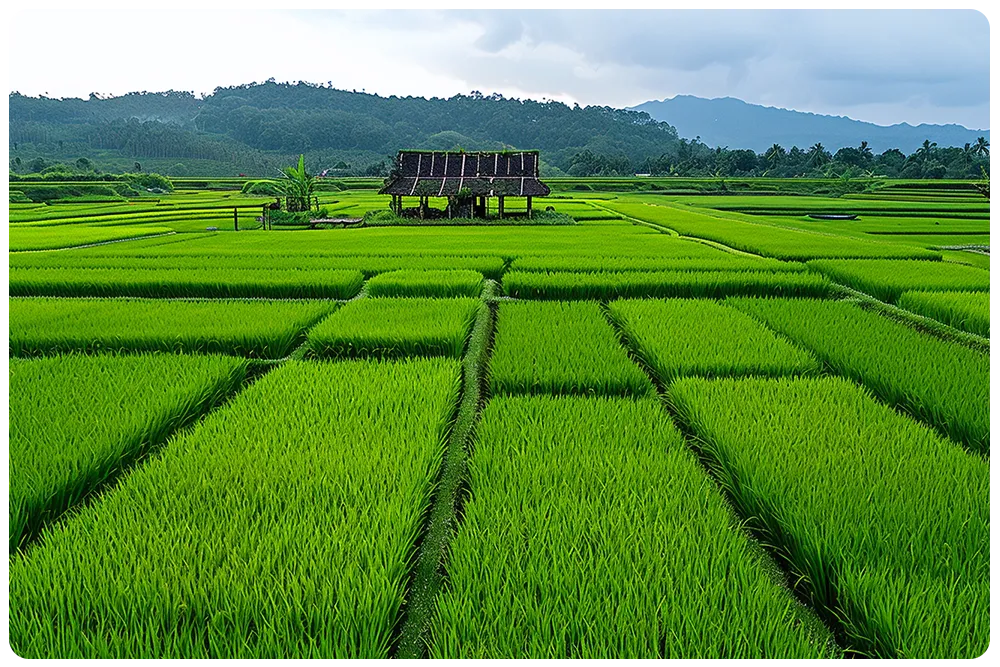
7. Sustainability through drone-assisted farming
Sustainability through Drone-Assisted Farming
Gaining ground as a reliable tool in sustainable agriculture, a drone has the potential to transform farm management and crop cultivation practices. The diverse and dynamic nature of drone usage in farming offers avenues for improved sustainability and reduced environmental impact.
As we delve deeper into the realm of drone-assisted farming, the aspects that stand out prominently are:
- Reduced Chemical Usage: Utilization of a drone for precision application of pesticides and fertilizers drastically curtails chemical runoff, thereby minimizing harm to the surrounding ecosystem.
- Early Disease Detection: A drone is statistically proven to be more effective in identifying crop stress or illness, which if detected early, reduces the chances of widespread infection and crop loss.
- Enhanced Water Management: Through accurate mapping and crop health monitoring, drone technology enables the implementation of efficient irrigation strategies.
A new trend in farming sees drones playing a key role in reducing farms’ carbon footprints. Swift monitoring, soil analysis and data collection potential of a drone streamlines farm processes. The precision allows farmers to employ resources just where needed, reducing overall farm energy consumption, mitigating pollution, and hence contributing to sustainability.
Drone-assisted farming presents an opportunity to operate farms more responsibly, with heightened environmental consciousness. Embracing these best practices, we tread a path closer to sustainable agriculture, while reducing our carbon footprint.